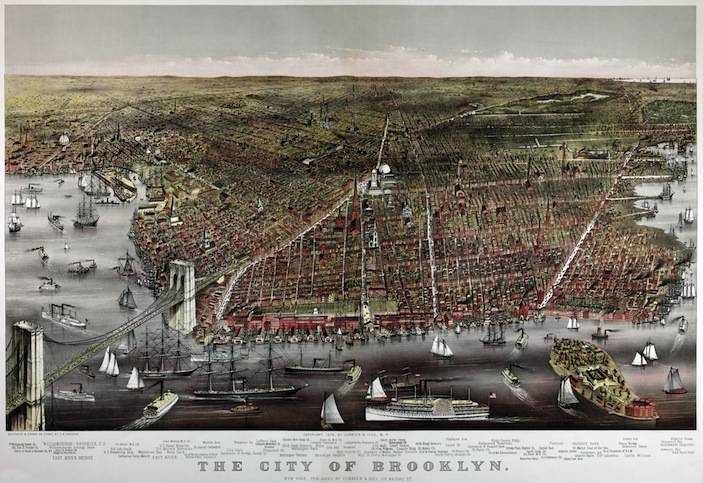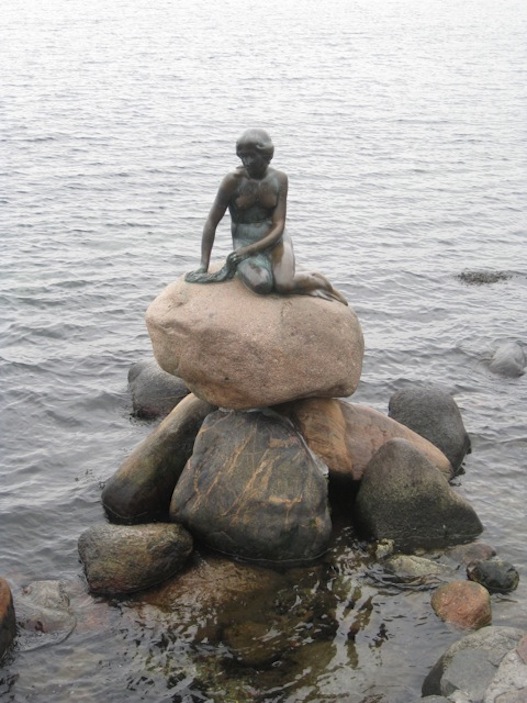On a recent visit to the Sarawak Museum, I was sadly amused to see an entire portion of the museum sponsored by Shell Oil Company, with an entire exhibit dedicated to showing how Shell’s oil-related activities are an integral part of Sarawak’s history. I found it ironic, given that if Shell had its druthers, there would be no Sarawak–simply a massive Shell-owned oil field.
With a government that seems intent upon cashing in on its oil-related potential (Petronas is a government-owned oil company that ranks among the largest companies in the world), I’m interested in learning more about the people’s movement to oppose the exploitation of Malaysia’s natural beauty by big industry. I found this New York Times article from last year, and wanted to share it.
(from the New York Times; 19 June 2012; By Liz Gooch)
KUALA LUMPUR — When a planned 24-hour environmental protest gets under way this Saturday on the outskirts of the coastal Malaysian town of Kuantan, the roll call will include speakers from across the country.
While the catalyst for the rally is the construction of a rare earth refinery nearby — the target of a sustained campaign by local residents and environmental groups — the crowd is also expected to hear from people from other parts of Malaysia who are concerned about projects near their homes that they fear could be damaging the environment.
Among them will be residents of a fishing village near an oil and gas plant in the southern state of Johor; people from Perak State who are worried about the potential effects of an iron ore refinery on a mangrove forest; and villagers from Pahang State who are concerned about possible pollution from a gold mine, according to Wong Tack, chairman of the group behind the protest, Himpunan Hijau, which means “Green Assembly” in Malay.
Himpunan Hijau is hoping to draw attention to these projects by taking advantage of the momentum of the campaign against the rare earth refinery being built by the Australian mining company Lynas, which has prompted thousands to join protests and invigorated the country’s environmental movement.
Malaysia, a nation rich in biodiversity, has often attracted the wrath of environmental groups concerned about issues like illegal logging and the loss of habitat for the endangered orangutan.
While some local groups have been active for decades, many of the fiercest campaigns have come from foreign organizations, and analysts say few projects or industries have galvanized homegrown environmentalists the way the Lynas refinery near Kuantan appears to have done.
“The kind of protests, the kind of activism that we see for the Lynas plant is something unprecedented,” said Khoo Kay Peng, a management consultant and policy analyst.
Others say the rising level of awareness in Malaysia may mean that companies engaged in industries or activities deemed potentially hazardous to the environment are likely to face greater oversight. “Foreign businesses involved in projects that could damage the environment — such as mining, logging or exploration — are liable to encounter scrutiny from local environmental groups and government sources,” said Maria Patrikainen, a Southeast Asia analyst at the consulting institution IHS. She added that the government was likely to become increasingly sensitive to the concerns of environmental groups, particularly before elections that are widely expected to be held later this year.
The campaign against the rare earth plant began in earnest in March 2011, when some Kuantan residents established a group, Save Malaysia Stop Lynas, to voice their concerns that the plant could produce harmful radiation, a claim vigorously denied by Lynas.
Environmental organizations swiftly rallied around the residents’ group, helping to organize protests, send petitions to the government and issue statements in support, said Tan Bun Teet, chairman of Save Malaysia Stop Lynas.
Himpunan Hijau provides an example of how this movement has grown. The group was formed last September, initially to help organize the campaign against the rare earth refinery, but it is now also helping residents in other states lobby against projects they consider a threat to the environment. Among them are people on the island of Penang who are concerned about housing developments encroaching on coastal areas and hillsides.
“We garner the people’s power,” said Mr. Wong, the chairman, describing the group as a “grass-roots people’s movement.”
Rare earth metals are found in nature with radioactive contaminants that must be separated and disposed of during refining.
Lynas says that the waste produced in this process will be well within levels considered safe and that the plant has been subject to “a thorough and lengthy regulatory review” to ensure that it meets the highest international safety standards.
On Tuesday, a parliamentary committee appeared to agree with the company, releasing a report concluding that a license should be issued to Lynas because it had fulfilled legal provisions and standards more stringent than international standards and that it had provided the necessary systems to ensure public health, safety and environmental protection.
The panel’s report made 31 recommendations, among them that Lynas and the Atomic Energy Licensing Board continuously monitor radiation levels, which it noted would be “low and safe.”
Lynas said the findings of the parliamentary panel were “yet another affirmation of the science” behind its plant and its safety features, according to a report by The Associated Press.
“We look forward to the issuance of the temporary operating license so we can demonstrate that safety to the Malaysian community,” the company said in a statement to the news agency.
The parliamentary report followed a government decision Friday to reject an appeal by activists against awarding a temporary operating license to Lynas. Maximus Ongkili, the minister of science, technology and innovation, ruled that there was “no strong justification nor scientific or technical basis” to set aside the decision to grant Lynas the license, according to a statement released by the ministry.
Save Malaysia Stop Lynas said it would appeal the minister’s decision.
In a separate development that could complicate the debate in Malaysia, the Chinese government scheduled a news conference in Beijing on Wednesday to unveil its new plan for the country’s rare earth industry, including an extensive cleanup of environmental damage already done.
The new Lynas plant, estimated to cost 2.5 billion ringgit, or nearly $800 million, is expected to weaken China’s dominance of the production of rare earths, which are used in a range of high-technology products including smartphones, electric cars and military equipment.
Lynas has started defamation proceedings against Save Malaysia Stop Lynas, and said in a statement released after a demonstration in April that while it respected the right of people to engage in peaceful protest, it did not accept that such a right extended to “a serious campaign of misinformation which creates unnecessary anxiety and fear in the community.”
Analysts say that the issue has become highly politicized, with the opposition, which refused to take part in the parliamentary panel, playing a leading role in the campaign against the plant. Environmentalists also point out that part of the reason why the Lynas plant has provoked such a divisive response is that Malaysians’ experience of rare earth projects has been shaped by another refinery near Bukit Merah, owned by Mitsubishi Chemical.
Local residents there have blamed the plant, which the company closed in 1992, for birth defects and a number of leukemia cases.
The Malaysian government already requires companies to submit environmental impact assessments before projects are approved.
Deputy Prime Minister Muhyiddin Yassin emphasized recently that the government had introduced laws and policies to conserve the environment and maintain biodiversity.
“We have also required states in the country which have jurisdiction over land and flora and fauna to undertake housing and industrial development without harming the environment,” he was quoted as saying by Bernama, the national news agency.
Environmental groups say, however, that environmental damage is still occurring, with deforestation one of their chief concerns, particularly in the state of Sarawak on the island of Borneo.
A study released last year by Wetlands International, a nongovernment organization based in the Netherlands, found that between 2005 and 2010, almost 10 percent of forests and 33 percent of peat swamp forests in Sarawak had been cleared, mainly for palm oil plantations.
Whether the energy surrounding the Lynas campaign can give lasting momentum to environmental groups remains to be seen. “I think the biggest lesson is to make environmental issues relevant to people,” said Mohamed Shah Redza Hussein, executive director of the Malaysian Nature Society.
Raymond Alfred, head of conservation and research at the Borneo Conservation Trust, would like to see conservation issues receive the type of attention that has been lavished on the Lynas plant. He said about 60 percent of the trust’s funding came from Japan and that it was challenging to raise money locally.
A stronger environmental movement is the dream of people like Yasmin Ras-yid, the director of EcoKnights, a nongovernment organization she established seven years ago to help educate the public about the environment.
She said Malaysia’s environmental movement had traditionally been weaker than those in other Asian countries, like India and Indonesia, but that awareness was now at “an all-time high.”
While environmental protests like those against logging typically attract the “few usual suspects,” according to Ms. Rasyid, the turnout for the anti-Lynas demonstrations has included participants from a much wider spectrum of society.
“There’s dynamism right now,” she said.
.jpg)












